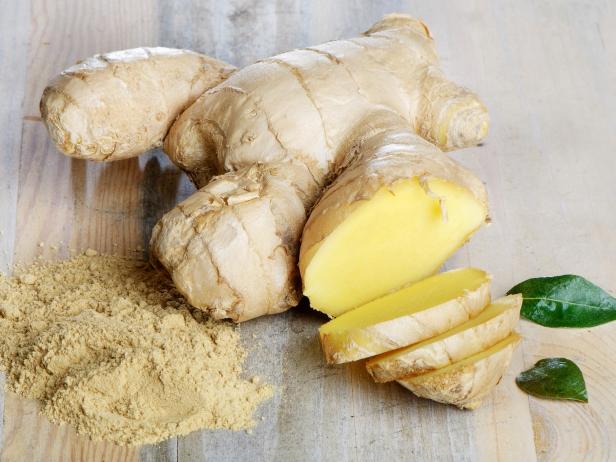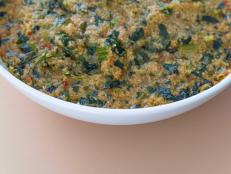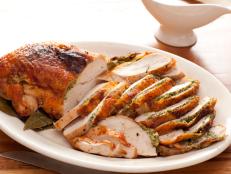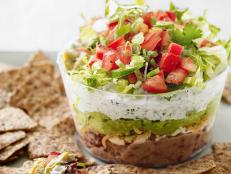A Super Food to Know: Ginger

From motion sickness to arthritis, ginger has long been the answer to several of life's everyday ailments. Find out what gives this herb (yep, it's an herb) its super powers and get ideas for some ginger-infused dishes.
You most likely know ginger as "ginger root" (from the Sanskrit word “horn root”) and think of its powdered form as spice, but it's actually an herb. About 2,000 years ago, Romans brought ginger from China and its popularity spread like wildfire throughout Europe. By the 1850s, fresh ginger was commonly available at tables in English and Irish pubs -- just like how we have salt and pepper on restaurant tables today.
Varieties of ginger include Jamaican, African (or Indian) and Kenyan. Jamaican ginger, which has tan skin and pale yello to ivory colored flesh, is the most popular kind. African ginger has a darker skin, while Kenyan varieties come in yellow, white and red. Ginger's flavor is peppery with a slight sweetness and a pungent, yet spicy, aroma.
Herbs and spices contain very few calories but are packed with phytochemicals -- special plant components that help fight disease. These phytochemicals are why it’s important to eat fresh foods instead of relying on vitamin supplements to get what you need.
Ginger contains a variety of powerful antioxidants called gingerols, shogaols and zingerones, which researchers have linked to improving heart health and possibly helping cancer treatment (some initial animal testing has shown positive results). These antioxidants also contain chemicals that are similar to those found in anti-inflammatory medications that help alleviate arthritis (inflammation in the joints).
Need more? Well, several studies have found ginger can significantly reduce morning sickness in pregnant women. Other research has concluded that ginger or ginger extract can alleviate motion sickness and osteoarthritis. Ginger also helps thin out the blood, so if you’re on a blood thinning medication you should be careful how much you eat. If you can’t live without ginger, you should talk to a registered dietitian or physician to work it into your diet.
Ginger comes fresh, pickled, crystallized, dried and ground. Most grocery stores carry fresh ginger in the produce section and it's available in two forms: young and mature. Young ginger (also called spring ginger) has a pale skin that you don’t need to peel. It’s tender and has a milder flavor than the mature stuff. Look for young ginger in Asian markets during the spring months.
Mature ginger has a tougher skin that you should carefully peel in order to preserve the flesh underneath. When cooking with fresh ginger, you can shred, mince, slice or grate it; you don't have to peel it before eating. After you buy some, tightly wrap and store unpeeled pieces for up to three weeks in your refrigerator or freeze them for up to six months.
Dried ground ginger is stocked in the spice section and is much stronger than the fresh kind — be careful when substituting it in a recipe. The dried stuff won’t taste exactly the same as fresh ginger, so try to use what the recipe calls for. When swap ground ginger for fresh, use a six-to-one ratio of fresh to ground. Ground ginger works best in baking, for marinades or to spice up main dishes.
If you're a sushi eater, you've probably had pickled ginger (called gari). It’s made by soaking slices of fresh ginger in rice vinegar and sugar for at least a week. For something sweeter, try candied or crystallized ginger, which is made by cooking fresh ginger in sugary syrup and coating the pieces with sugar. Snack on them plain for a treat or bake pieces into cakes or muffins.
-
Healthy Recipes Featuring Ginger:


































